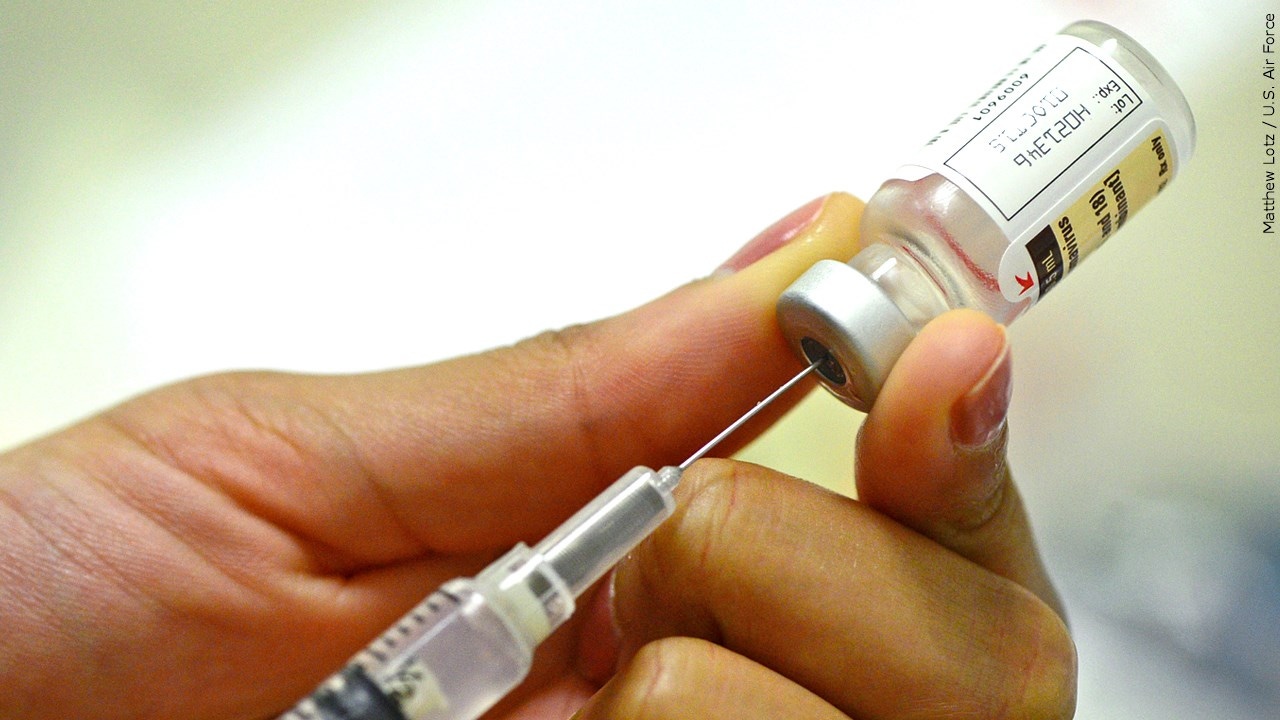With Covid-19 outbreaks being whipped up for a fifth year, testing has emerged as a source of frustration once again.
Whereas obtaining a test was often difficult in early 2020, now the abundance of cheaper rapid kits in grocery stores and home medicine cabinets has led to a new concern – they don’t seem to work.
“When people tell me that their rapid antigen tests never turn positive, they’re usually talking to me because they’re frustrated,” says immunologist and epidemiologist Dr Michael Mina.
In fact, the tests work just as well as they did when they first came out.
What’s changed is how our bodies are responding to the coronavirus, leading many people to test too early, says the chief science officer at digital healthcare company eMed LLC, which helped implement the US government’s Home Test to Treat programme a year ago (2023).
Your body’s the test kit
In 2020, the loss of smell and taste, fatigue, and a dry cough heralded the start of Covid-19, usually a week after the SARS-CoV-2 virus entered the body.
“Those first symptoms came on after the virus was tearing you apart.”
Multiple vaccinations and natural infections since then have made most people “immunologically educated”, Dr Mina says.
A growing wall of immunity has enabled the body to recognise the SARS-CoV-2 virus faster and do a better job at suppressing it, even as the virus spawned dozens of new variants.
That means nasal congestion, fever and other early signs of viral illness can develop within a day or two of infection during a “prodromal phase” that occurs before symptoms of the disease have fully developed, according to him.
“That’s just our immune system saying, ‘Hey, I’m starting to recognise something here’,” he says.
The faster immune system response led some scientists to believe that the coronavirus’s incubation period has shortened over time.
But the virus’s growth kinetics have changed very little since 2020, Dr Mina says.
“It still takes the same amount of time for the virus to go from, say, 10 particles to 10 million particles.”
In 2020, health authorities recommended waiting four or five days after a coronavirus exposure to get tested, reflecting when the amount of virus in the upper airway was nearing a peak and readily detectable.
But the onset of prodromal symptoms and the relative ease of home testing now mean people are screening for Covid-19 much sooner.
“A lot of people are reaching for those tests 24 to 48 hours post-exposure,” says Dr Mina, a former assistant professor of epidemiology, immunology and infectious diseases at Harvard University’s T.H. Chan School of Public Health in the United States.
“And, just like in 2020, the virus hasn’t yet grown to high levels in the nose.
“It really takes four, five, six days.”
He says “educated” immune systems are providing a kind of in-built rapid test.
Instead, of indicating positivity with a new line on a test strip, the signal comes with congestion and fever.
“You might have to wait an extra day or two before you can run that confirmatory rapid antigen test after your ‘immune test’ has already started to signal that there’s something there,” he says.
Negative means low risk
Studies of transmission patterns in households early in the pandemic showed that infected people were most likely to spread the virus four to six days after exposure.
The infectious window hasn’t changed significantly since then, Dr Mina says.
A person who tests negative on a rapid test two days after a coronavirus exposure remains at low risk of spreading it.
“Could you infect your spouse or somebody you’re really close with on day two? Probably,” he says.
“But are you likely to be a super spreader and be negative on a test? Probably not.”
Testing positive, on the other hand, signals the presence of a lot of virus and the risk of infecting others.
Dr Mina recommends swabbing both the throat and the mouth to improve the sensitivity of a rapid test, since virus levels across both sites can vary from person to person.
Also, the coronavirus survives best at 37°C, making the throat a more hospitable environment than the nose.
Even when someone has mild symptoms after a coronavirus exposure and continues to return negative rapid tests over several days, it doesn’t necessarily mean they have escaped infection, or that their swabbing technique or tests are faulty, he says.
It could instead mean that the person’s “educated” immune system has successfully prevented the virus from reaching levels detectable on a rapid antigen test.
The threshold is about 100,000 copies per millilitre – a tiny fraction of the one billion to one trillion copies per ml individuals can have at their infectious peak, he says.
As people’s immunity builds, more people will likely not return a positive rapid test even if they get Covid-19 and feel unwell.
“I want every test to be falsely negative because that describes the triumph of immunity,” he says.
“It means your immune system is doing what it should be doing.”
Still, Dr Mina cautions that even when the virus is being suppressed in the respiratory tract, it could be flourishing elsewhere in the body, like the gastrointestinal (GI) tract.
“If you really think you’ve been exposed and you feel like you have GI symptoms, treatment might be right for you – it might make sense to get Paxlovid even though you don’t have a positive test,” he says.
“The test is only as good as the sample, which is only as good as where the virus is in your body.” – By Jason Gale/Bloomberg News/Tribune News Service

Rachel Carter is a health and wellness expert dedicated to helping readers lead healthier lives. With a background in nutrition, she offers evidence-based advice on fitness, nutrition, and mental well-being.







